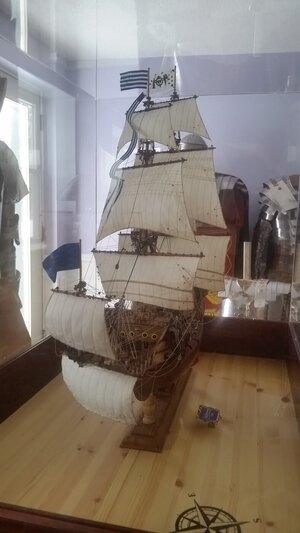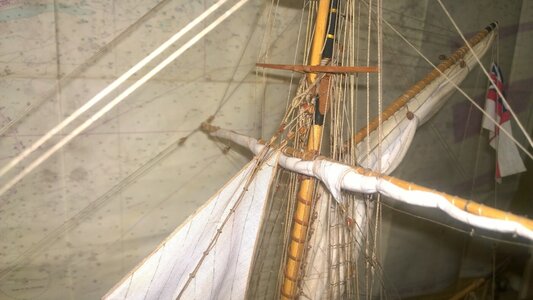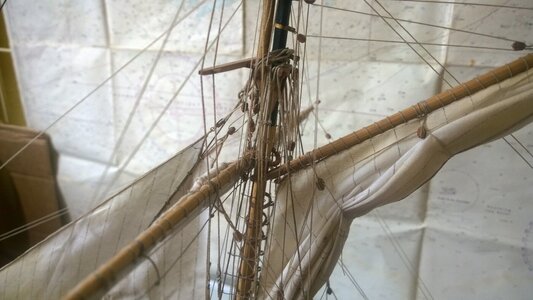- Joined
- Aug 30, 2020
- Messages
- 639
- Points
- 308

Ok I have a question that has been on my mind for a while and prefacing this I guess there is no right or wrong answer.
Being quite new to this hobby I often see various techniques to give the sails a weathered look for your model, I understand why you would do this on a ship that has been created with a weathered hull and deck etc, but why would you do it on a model that is built with an as new look, it doesn't seem to make sense to me having old looking sails and the rest of the model new looking.
Being quite new to this hobby I often see various techniques to give the sails a weathered look for your model, I understand why you would do this on a ship that has been created with a weathered hull and deck etc, but why would you do it on a model that is built with an as new look, it doesn't seem to make sense to me having old looking sails and the rest of the model new looking.
Last edited:







